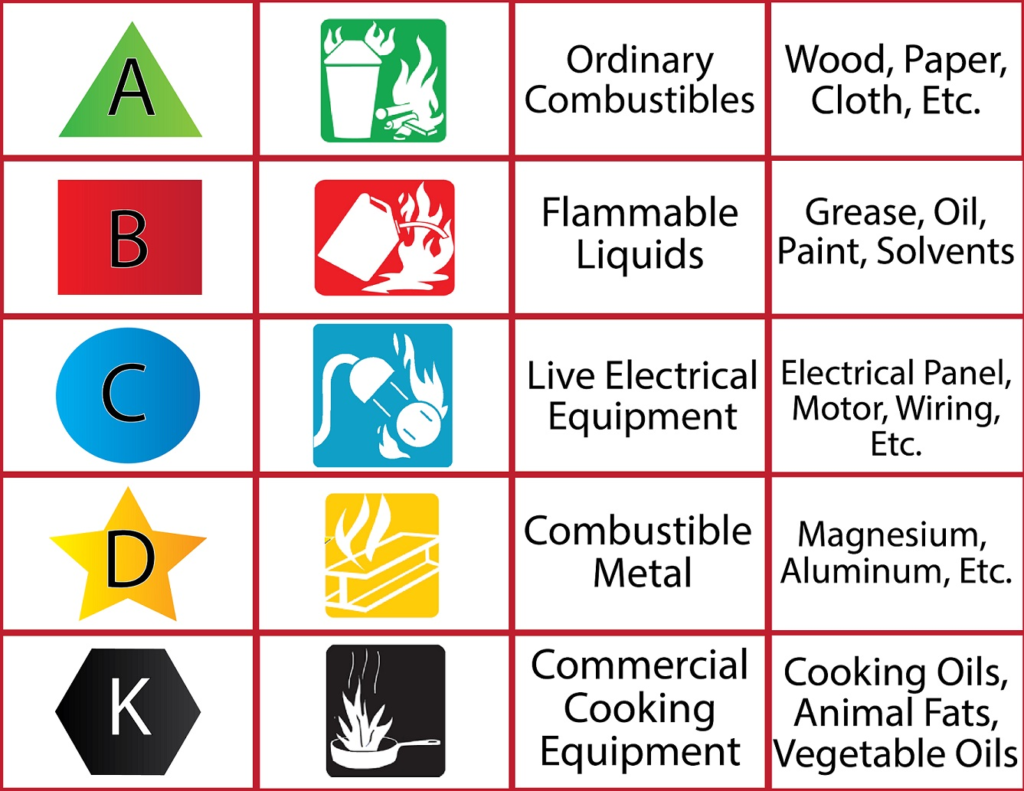how natural disasters can impact caregiving services
Natural disasters such as:
Hurricanes, tornadoes, earthquakes, flash floods, wind storms, rain storms, and forest fires can all strike suddenly and without warning. As a home care aide, you must be prepared for such events and understand emergency protocols, such as basic first aid and implementing a client’s emergency preparedness plan.

To care for a senior in their home, it’s important to conduct a home assessment and familiarize yourself with the layout of the entire home, including the basement and attic, in case of an emergency.
You should also be aware of where smoke and water can go and have a plan for power failure.
Additionally, it’s crucial to check smoke and fire alarms regularly and know the evacuation plan for emergencies like fire, hurricane, flood, wind-storm, or tornado.
It’s also essential to prepare ahead of time for natural disasters and emergencies by thinking through what you would do in the event of each possible disaster, such as if the home loss electricity or experienced fire or flood.
If you are providing caregiving services at a facility like a nursing home or assisted living community, it’s crucial to learn their disaster and emergency procedures. You should know where essential items like flashlights and batteries are located in a senior’s home.
For specific natural disasters, there are additional considerations to keep in mind.
Nature’s Fury: The Science of Natural Disasters
For example, hurricanes provide prior warning before striking, and areas are usually evacuated before the hurricane arrives. Tornadoes can strike suddenly, so it’s essential to know where to take cover, especially if located in a tornado alley.
Earthquakes usually occur without warning, so it’s crucial to know where to go for safety in the home and where to go for shelter after an earthquake.
Floods can be predicted, but flash floods occur quickly, so it’s important to know the evacuation procedure in case of a flash flood.
For forest fires, you will usually receive prior notice to evacuate, and it’s crucial to implement the emergency plan and evacuate with necessary items.
Finally, fire safety is essential to prevent house fires, which are usually preventable. You should review fire safety tips, such as:
- Not smoking while working or allowing a senior client to smoke in the home.
- Checking electrical cords for damage.
- Turning off and unplugging electrical appliances when not in use.
- Keeping flammable items away from the stove and radiators.
If candles must be used, be very aware of the importance of extinguishing them before leaving, as they are one of the leading causes of fires.
Fire Preparedness:
- Know the location of fire extinguishers in the home.
- Familiarize yourself with how to use a fire extinguisher.
- Keep extra blankets and sheets handy to smother small fire.
In case of fire, it is important to first assist your client evacuate the premises or their home and call 911 before operating the fire extinguisher.
It is important to note that there are five classes of fire, thus the specific class of fire will determine the type of extinguisher required to put out the fire to prevent injuries, explosion, electrical shock and damage to properties.
Classes of Fire:
Class A: These fires are fueled by ordinary combustibles such as wood, paper, cloth, and plastic.
- Extinguishers suitable for Class A fires are labeled with a green triangle and contain water or a foam-based solution.
Class B: These are caused by flammable liquids, combustible liquids, petroleum, greases, tars, oils, oil-based plants, solvents, lacquers, alcohols and flammable gases.
- Extinguishers suitable for Class B fires are labeled with a red square and contain a dry chemical or foam-based solution.
Class C: This fire involves energized electrical equipment such as appliances or wiring
- Extinguishers suitable for Class C fires are labeled with a blue circle and contain a dry chemical or carbon dioxide (CO2) solution
Class D: These are fires in combustible metals such as magnesium, titanium, zirconium, sodium, lithium and potassium.
- Extinguishers suitable for Class D fires are labeled with a yellow decagon and contain a dry powder or sand-based solution.
Class K: These are caused by cooking appliances that involves combustible cooking media such as vegetable oil, animal oil and fats.
- Extinguishers suitable for Class K fires are labeled with a black hexagon and contain a wet chemical solution.
NOT EVERY EXTINGUISHER CAN BE USED FOR ALL FIRES

How to use fire extinguishers:
Before operating a fire extinguisher, it is very important to employe the following procedures.
- Identify a clear exit or escape route just in case you are not able to put out the fire before the arrival of the fire department.
- Make sure the fire extinguisher is in good working condition.
- Stand back between 6-8 feet away from the fire before operating the fire extinguisher.
- Use the word PASS when operating the fire extinguisher, PASS means
P: Pull the pin
A: Aim low by pointing the extinguisher at the base of the fire
S: Squeeze the lever slowly and evenly
S: Sweep the nozzle from side to side

